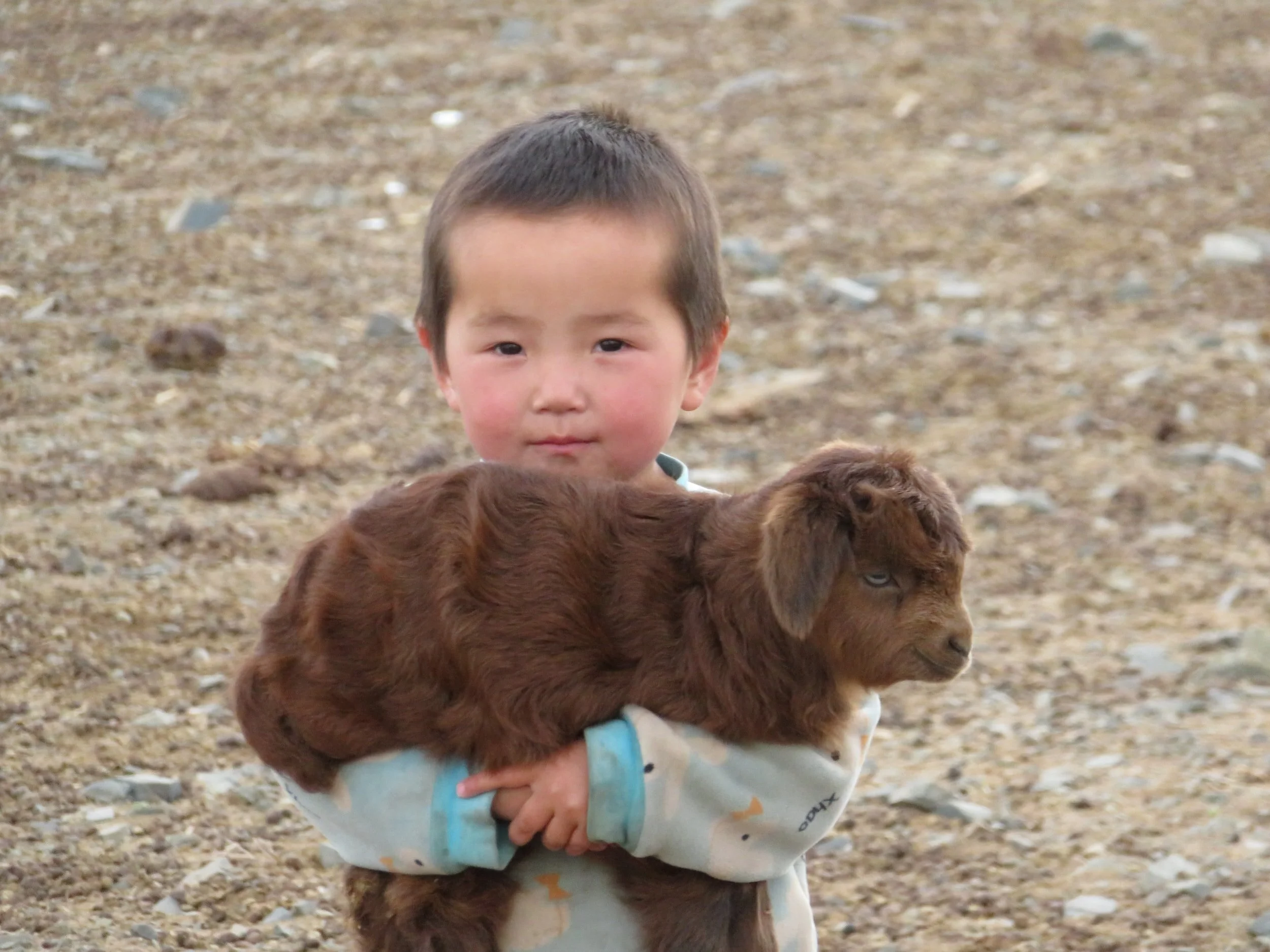Spring is baby season in the natural world, and I can’t resist peeking in on the chicks at the local feed store or watching young goats chase each other around the field near my house. These babies all seem to have just one setting...ON. Small humans are no different, which is why their parents are tired much of the time. It’s no secret that youngsters don't follow the same time schedule and rules as adults!
As soon as they wake each day, babies are busy doing exactly what they want to do, which is to make their own sense of the world, especially the people, around them. Our job is to provide a safe and nurturing environment and to be their first teachers.
The fun part of being a teacher is singing, laughing, listening, reading, and playing with our kiddos as they build their knowledge. The harder part is that any time they are awake, they have no OFF switch. Regardless of our adult needs and schedules, children keep right on learning, driven by the rapid growth of their bodies and brains. Also, they are always learning so much more than we intend to teach. They parrot our favorite words, good and bad. They imitate our ways of turning a page, twirling our hair, and picking a fight. They are little scientists experimenting with cause and effect, and we are their main research subjects. No wonder we are tired... it is hard to keep up our little busybodies!
Fortunately, children generally follow the same pattern for developing and learning. They sit first, then crawl, then walk, run, and finally leap across the stage or playing field.This goes for physical development and also for mastering feelings, interacting with other people, and developing a conscience. But every child follows their own internal clock that dictates when the time is right for moving from one stage to the next. Of the two children I know best, one walked at nine months and one at fourteen months, and they both get around just fine as adults. In fact, it isn’t until around eight years of age that stages of development even out among most children. During those early years, we need to worry less about when a child masters a particular skill, and pay more attention to giving them the time and encouragement they need to work on all the things that will make them successful, lifelong learners.And that brings us back to the fun part of teaching, because the way that people learn best is through play. As we sing, dance, pretend, read, and talk with our children, they are making the most of every minute to learn exactly what they need to know at that stage of their development. The time we spend playing with our children shows them that we respect their need to learn in their own way, and at their own time, even if we can’t always keep up!
Holly Hartman is Director of Publishing at Unite for Literacy and an Early Childhood Coalition member


